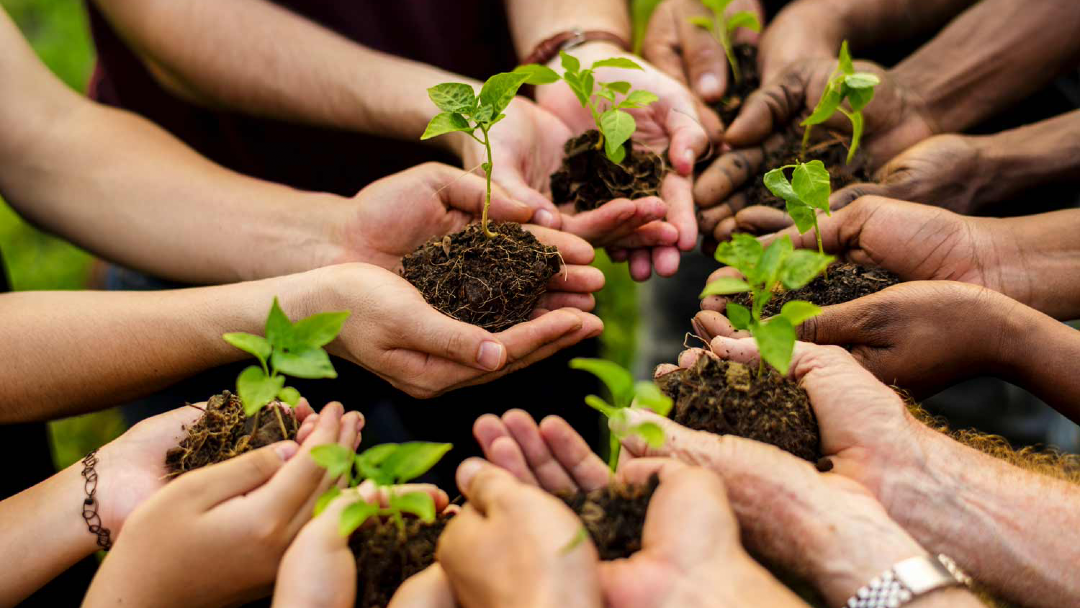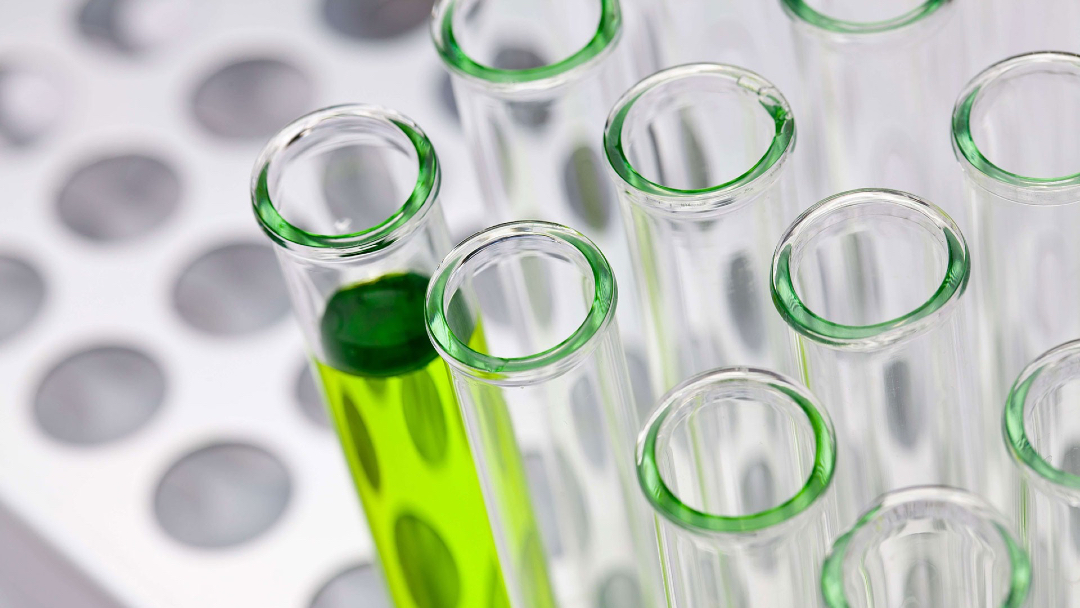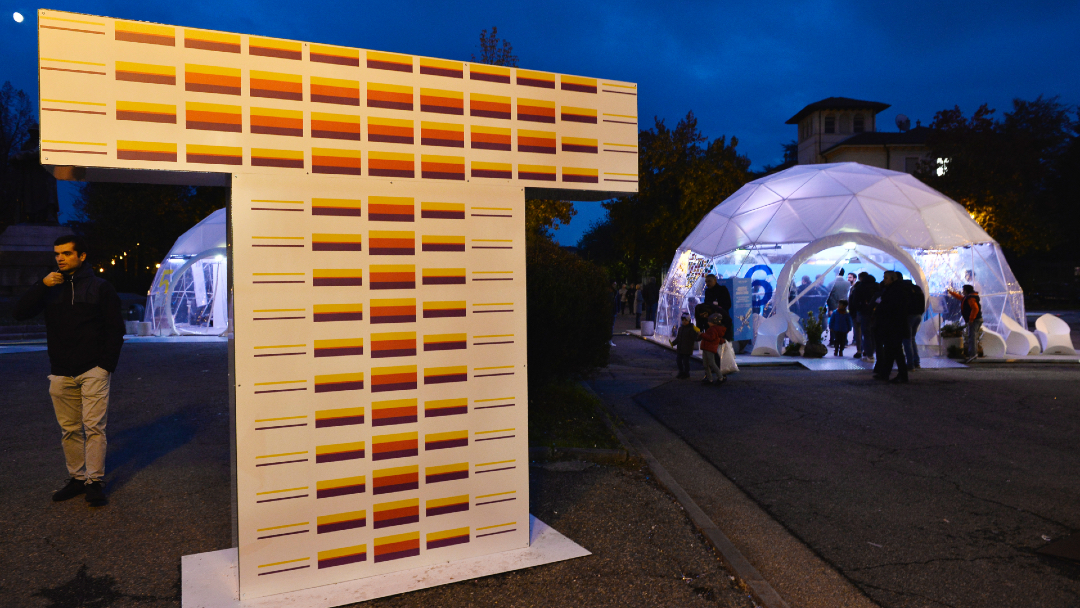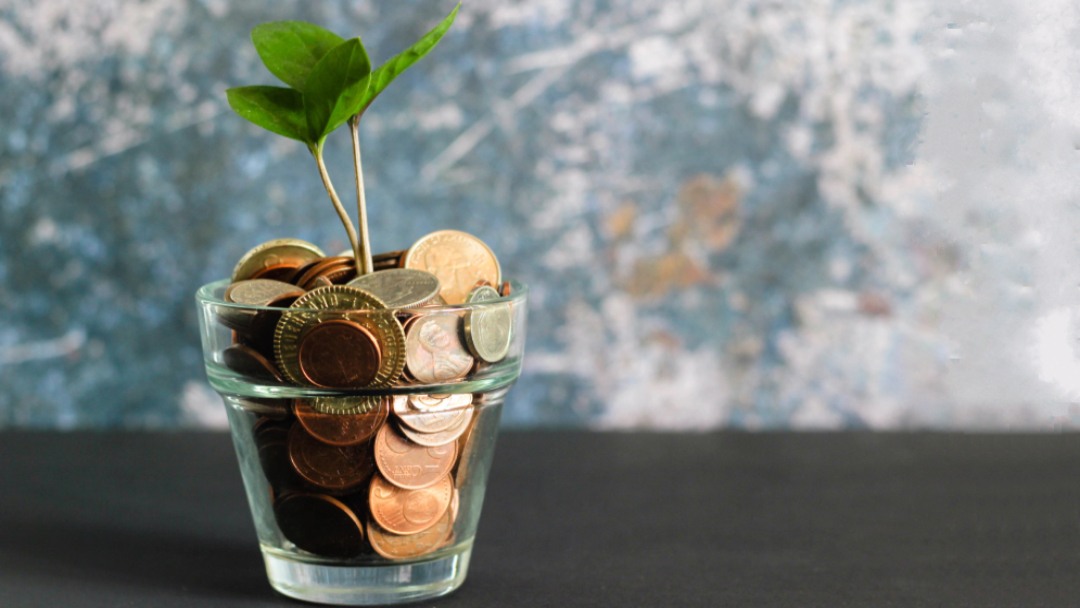
Greenflea is an innovative startup that aims to bring sustainability into many of the small everyday actions. The startup has developed a platform for buying and selling second-hand and alternative eco-friendly products and has recently opened up to offer services in the field of eco-friendly catering and eco-friendly regenerative tailoring. The ultimate goal is to be able to be financially independent in order to use most of the profits to plant trees around the world. The project was born at the beginning of 2020 and was incorporated in October 2020 with a team of 3 people: Andrea (CEO&CTO), Giulia (Social Media Management & Communication) and Laura (CMO).

Andrea Grippi
CEO & CTO
28 years old, Administrator and Technical Director of Greenflea, graduated from Politecnico di Torino in Computer Engineering and Data Science. After a year as a researcher and one in Switzerland in the field of artificial intelligence, he decided to return to Italy to try to contribute to the fight against climate change with Greenflea.
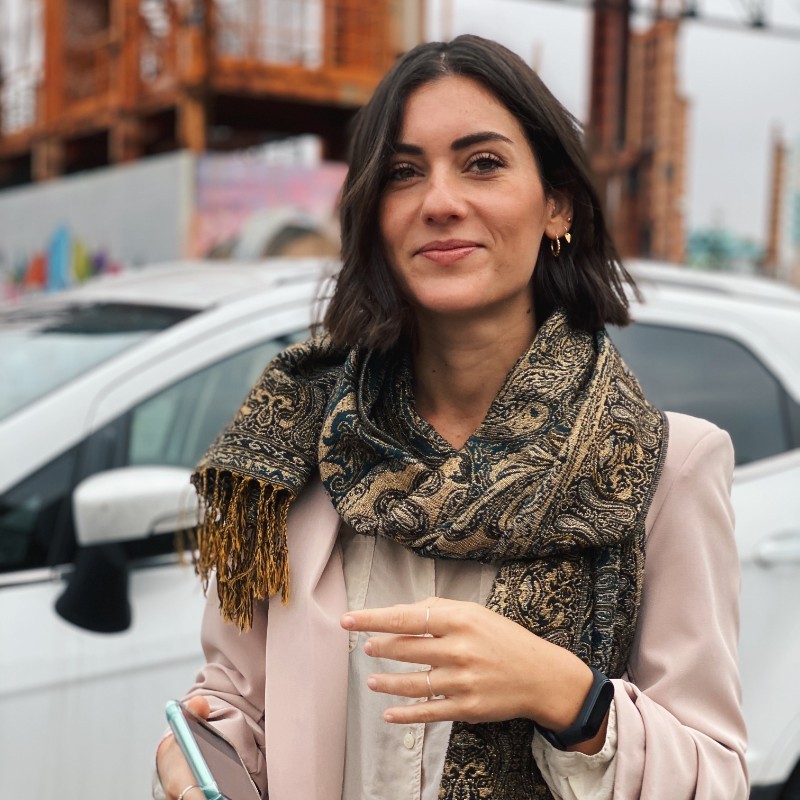
Giulia Scomparin
Social Media Management & Communication
27 years old, Content Creator and Social Media Manager of Greenflea. Always interested in the creation of content and the study of different digital platforms, for over a year she has been expanding her knowledge in the field of sustainability and brand identity and, currently, she is attending the Master in Design and Management of Multimedia for Communication at Università degli Studi di Torino.

Laura Lodi
CMO
Passionate about marketing and enthusiastic entrepreneur, she lived 9 years in France during which she worked for large companies such as L'Oreal and Payot and start-ups in the fields of healthcare and artificial intelligence. Working for Greenflea means making sense of our daily lives and having a real and measurable impact on society.
In your personal life, what are your eco-friendly habits?
Andrea - For a long time, since before this project, I have tried to be sustainable in my choices and this is reflected in my consumption, in my purchasing habits. For example, I pay a lot of attention to the packaging of the products I buy and I try to buy mostly 0 km products. I have not yet reached a zero waste lifestyle but I am trying to progressively reduce my environmental impact. Since we started this project our sensitivity has definitely changed, before we were less aware of these issues and the impact of our daily actions, but working on Greenflea we have been able to deepen and study more about the subject and we have discovered many things that we previously ignored. Working on a project related to environmental sustainability has made us become, as a result, more sustainable.
Giulia - I would like to make a small preamble: talking about sustainable actions in everyday life is often frightening because there is no standard of sustainability according to which one either lives sustainably or not at all, so talking about sustainability includes various areas. You can choose more eco-responsible actions in food, in purchasing, in small everyday actions. Personally, I choose to travel by bicycle rather than by car, not to buy products packaged in plastic but to use only reusable containers, to prefer water bottles to plastic bottles, to use reusable and washable products rather than disposable ones, such as makeup pads. Even bottles of detergent, shampoo or shower gel I have decided to eliminate from my habits and prefer solid detergents. In short, my actions in daily life touch multiple points of view. As Andrea said, working on Greenflea we realized that it is wrong to spread an idea of sustainability that proposes an ideal of collective perfection to aspire to, but it is much more important that many people do many small gestures.
How do you think that consumers' perception of the concrete effects of their choice of eco-sustainable consumption will change in the near future?
Andrea - As far as consumption and consumer habits are concerned, a change has been taking place for a few years now. Even before Covid, the first example of this collective consciousness, which was becoming predominant, culminated in the initiatives of Fridays for Future, all before the pandemic monopolized all the attention. This is reflected in different purchase intentions and privileges those brands, those companies, those activities that have a purpose beyond profit.There is, however, a trend to analyze in the market: sustainability is the third most important point as a value perceived by consumers making a purchase, behind price and quality. Having this prominence gives both a certain importance and a sort of penalization, because consumers are willing to spend a little more if they know they are doing good by buying a certain type of product, but the problem is that many sustainable choices are much more expensive than their traditional alternatives. This limits the spread of different choices. For me, the challenge, for us and for all companies in this industry, is to make sustainability more accessible and normalized in terms of price.
Giulia - This is the challenge, together with the fact that we have to distinguish ourselves as a company from all those that are just greenwashing in order to ride the sustainability wave. Indeed, the consumer is changing and the data are there: a research that has been done on the levels of sustainability and environmental concern in 2020 shows that 36% of Italians choose not to buy products with a negative impact on the environment, 30% say they have stopped buying plastic products and 62% want to support companies that care about the environment. Effectively, the consumer is changing and it is up to the company to respect his expectations and be at the forefront in the greater dissemination of these issues.
In the 17 Sustainable Development Goals of the UN Agenda 2030 most of the points concern sustainable agriculture, water resources, clean energy, climate change, protection of ocean, marine and terrestrial ecosystems and circular economy models. Do you think it will be easier to reach them thanks to policy makers or thanks to bottom-up initiatives?
Giulia - Greenflea, as far as the sustainable goals of the 2030 Agenda are concerned, aspires to meet at least three of them: Conscious Consumption, Sustainable Life and Life on Earth. The 2030 Agenda was created with the objective of achieving sustainability, that is, to take care of the future of people, the planet and prosperity. It is essential that attention to these issues comes from below, from people, but all this must be supported by policies and actions that do not undermine the commitment of the community and protect the environment. Political action and social action from below must coexist.
Andrea - It is necessary that there is an increase in awareness on the part of all, especially in understanding that each person can really have an impact and an effect, even with their daily actions. The second most important step must necessarily pass through a kind of activism, from the more classic one oriented to stir consciences to an activism of practical change and search for real solutions to change existing processes. Everything is fundamental and from the top there must be support because obviously there is a limit to what people can do on their own. Decision makers cannot be unaware of these issues, these needs, these problems or, even if they are aware of them, they cannot decide to ignore and think of something else. It's a kind of circle: the more governments make decisions in support of these issues, the more there can be change from below.
What motivated you to create Greenflea?
Andrea - First and foremost, a great personal motivation to do something that would have an impact and allow us to make a difference. One of our great sources of inspiration was Ecosia, which had a very simple but in its own way brilliant idea: take a business model that was already tested and working and transform it to be sustainability-oriented. For those who don't know them, they made a search engine and decided to donate part of the profits to plant trees. Strongly conquered by this idea, we simply chose to fit in their wake but operating in another sector. The second reason was to have a desire and an interest in doing business in a different way from the traditional one, going beyond profit. I wouldn't call us a low-profit or non-profit company, but revenue is not our primary metric of success, even if the number of trees we can manage to plant is directly related to this magnitude.
Giulia - I have always used e-commerce portals dedicated to the second hand, so I immediately embraced this project because in addition to raising awareness of issues such as second-hand, recycling, living without waste, it could also help me personally to integrate new good practices into my daily habits. I saw it as an opportunity to become even more of a person capable of making a difference, both in my private life and from a professional and practical point of view. Doing something for the environment always seems like something bigger than us but if we want to we have the means to leave our positive impact.
What indices do you use to measure your corporate sustainability?
Andrea - Our relationship with environmental responsibility takes into consideration mainly one variable, namely the reduction of CO2 emissions that we try to achieve with two different methodologies. On the one hand, with our buying and selling platform we aim to encourage the exchange and buying of second-hand or alternative products, and this has an impact on CO2 because making new products costs a lot in terms of carbon dioxide emissions, as well as a very high consumption of water. By encouraging that kind of consumption behavior based on exchanges we can contain emissions and we measure this positive effect based on metrics, which are publicly available, regarding the impact that the purchase of a new garment would have had, divided by sectors. In this way, at the end of the year we can concretely say how much we have contributed, in these terms, to helping the environment. Another direction that we follow, as mentioned before, is to contribute to the absorption of CO2 emitted or existing by planting trees.
How many trees do you think you will be able to plant in the next 5 years? And more generally, what are Greenflea's next projects?
Andrea - In the next 5 years our commitment is to plant a total of 500,000 trees. We know that this is not an easy goal, but we think we can achieve it by reaching the goals we have set for ourselves in terms of growth. With all these plantings we want to help the environment thanks to an annual absorption of 7 tons of CO2, to be added to the other 45 that come from the reuse encouraged by buying and selling on our platform. In terms of expanding our business, we plan to expand to other countries in the near future, primarily in Europe. We want to continue to work with individual users but also aim to interface more and more with companies, so as to work on several fronts and be able to arrive at an approach to our business that is truly 360°.
Giulia - We would like to become the point of reference for conscious and responsible consumption and therefore network as much as possible with all the realities that care about environmental issues. We really want our users to be loyal and come to fully trust us, our commitment and our environmental activities.
